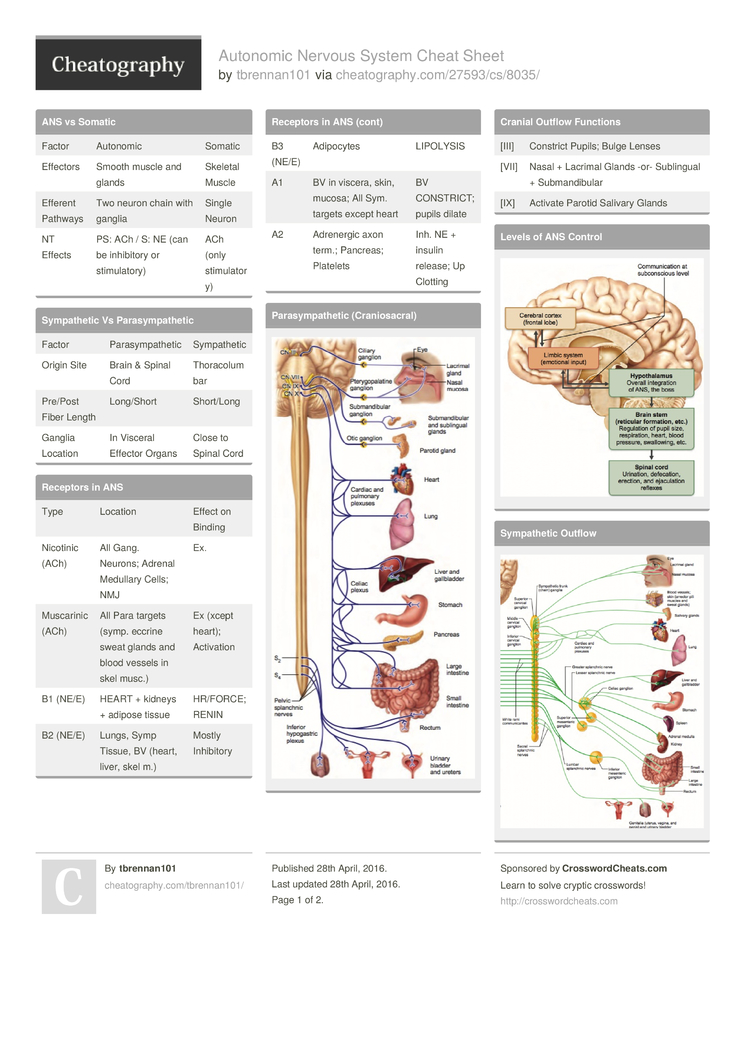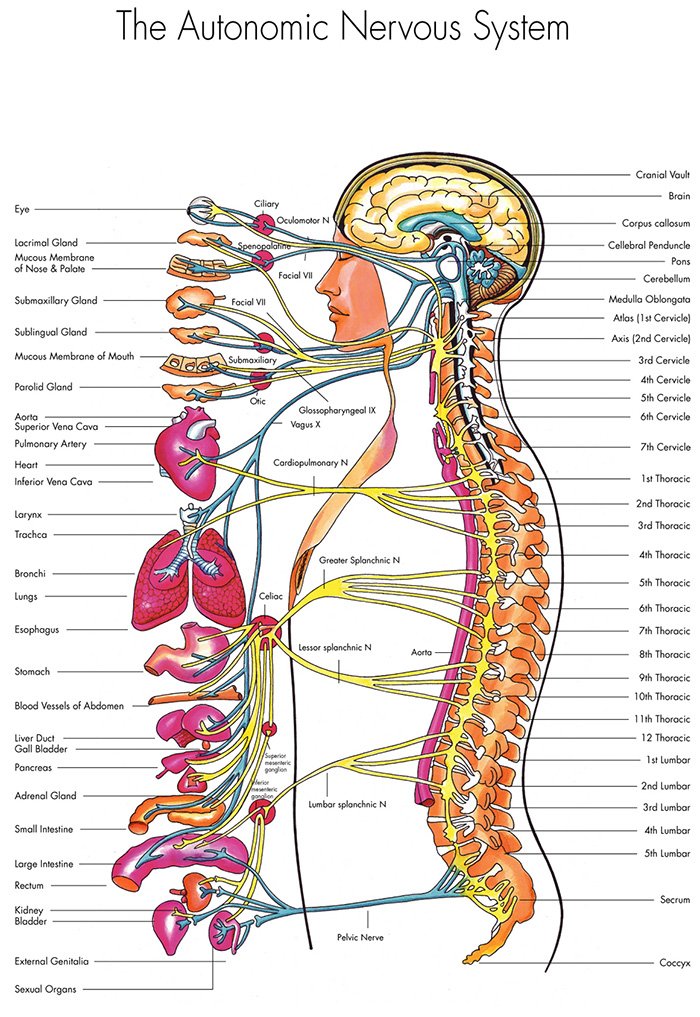


We can prioritize being regulated ourselves in the moment so the child can experience co-regulation. Are they hungry? Are they thirsty? Are they getting enough sleep? We can first determine if their physiological needs are being met.

We can look below the surface when a child is acting out. Here is where we really can dig deeper into behavior. Is this child connected to me or to themselves? This is where the importance of being a regulated caregiver who can come alongside a child and BE the embodiment of regulation for them. This is exhausting for them and can lead to challenging behaviors. One of the challenges of a child who has experienced toxic stress or has sensory processing challenges is that the very connection they need is perceived as threatening. When a child is operating in their window of tolerance (tolerating stress without freaking out), they are available for and desire connection. It is in the presence of a connected caregiver that a child can grow and develop. A child needs connection to regulate their physiological being. Principal # 3 Connection is a biological ImperativeĪs humans, we are always seeking connection. In blogs to come I will address further implications of trauma on a child. This is why children who experience disrupted relationships early in life often struggle with social-emotional behavior. It is important to note that if a child does not experience the presence of a regulated adult during early development, it delays its ability to self-regulate. The job of the autonomic nervous system is to keep the body safe through control of energy and arousal levels. This system of sensory input and motor output controls all of these essential functions without us having to think about them. The autonomic nervous system is the system in the body that controls automatic body functions (heart rate, breathing, blood pressure, digestion, etc.), survival responses and social engagement. I have taken many classes and seminars on this approach and there is a lot to learn but I will try to break it down into its basic elements.įirst, a few guiding principles to understanding this approach to behavior: Principle # 1: The Autonomic Nervous System protects the body through management of Energy and arousal levels It can guide you in a new understanding of your child, a child in your sphere of influence or perhaps, yourself. I hope you will hang in there and give it a chance. For me, it was an “Aha!” moment that helped me understand my own neuro-diverse child. I am glad you asked! This shift in perspective about behavior is going to take some time to process. They have a family, they go to school, they have three meals a day and a roof over their head. Several commonly used ophthalmic medications affect the activity of acetylcholine receptors in synapses of the somatic and autonomic nervous systems (Fig 16-1).I can hear you saying, “Wait, wait, wait! My child is totally safe. Global Programs and Resources for National Societies.Minority Ophthalmology Mentoring Campaign.Subspecialty/Specialized Interest Society Meetings.Subspecialty/Specialized Interest Society Directory.International Blindness Prevention Award.Provider Enrollment, Chain and Ownership System (PECOS).Ophthalmic Coding Specialist (OCS) Exam.What Practices Are Saying About the Registry.LEO Continuing Education Recognition Award.Pediatric Ophthalmology Education Center.Program Participant and Faculty Guidelines.Instruction Courses and Skills Transfer Labs.My Dashboard My Education Find an Ophthalmologist.


 0 kommentar(er)
0 kommentar(er)
